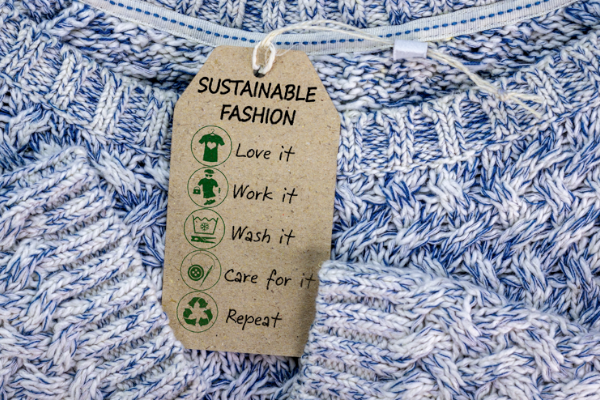The stakes have never been higher for procurement and supply chains in the consumer sector. From fashion to fast-moving consumer goods (FMCG), retail and travel & tourism, organizations across industries are grappling with rising costs, shifting consumer expectations, and increasing scrutiny on sustainability practices. Each sector faces unique challenges, but shared pressures, such as supply chain vulnerabilities and inflationary pressures, create an urgent need for strategic transformation.
A recent survey by BCG sheds light on the scale of these challenges: Among 32 procurement leaders across consumer-facing sectors, only 41% actively track the execution of their procurement strategies, leaving significant room for improvement in achieving long-term savings and operational efficiencies. Furthermore, supplier risks
remain largely unmanaged, with 34% of respondents lacking a formal supplier risk management process. These findings underscore a troubling reality—many organizations are not adequately equipped to navigate the complexities of today’s consumer landscape.
In 2025, the spotlight will be on procurement teams to address these gaps and drive meaningful change. Drawing on insights from INVERTO consumer procurement experts, we have identified five key areas organizations must prioritize to stay competitive and navigate the complexities of 2025. In this article, we delve into each, exploring actionable insights and strategies for procurement and supply chain leaders to succeed.








